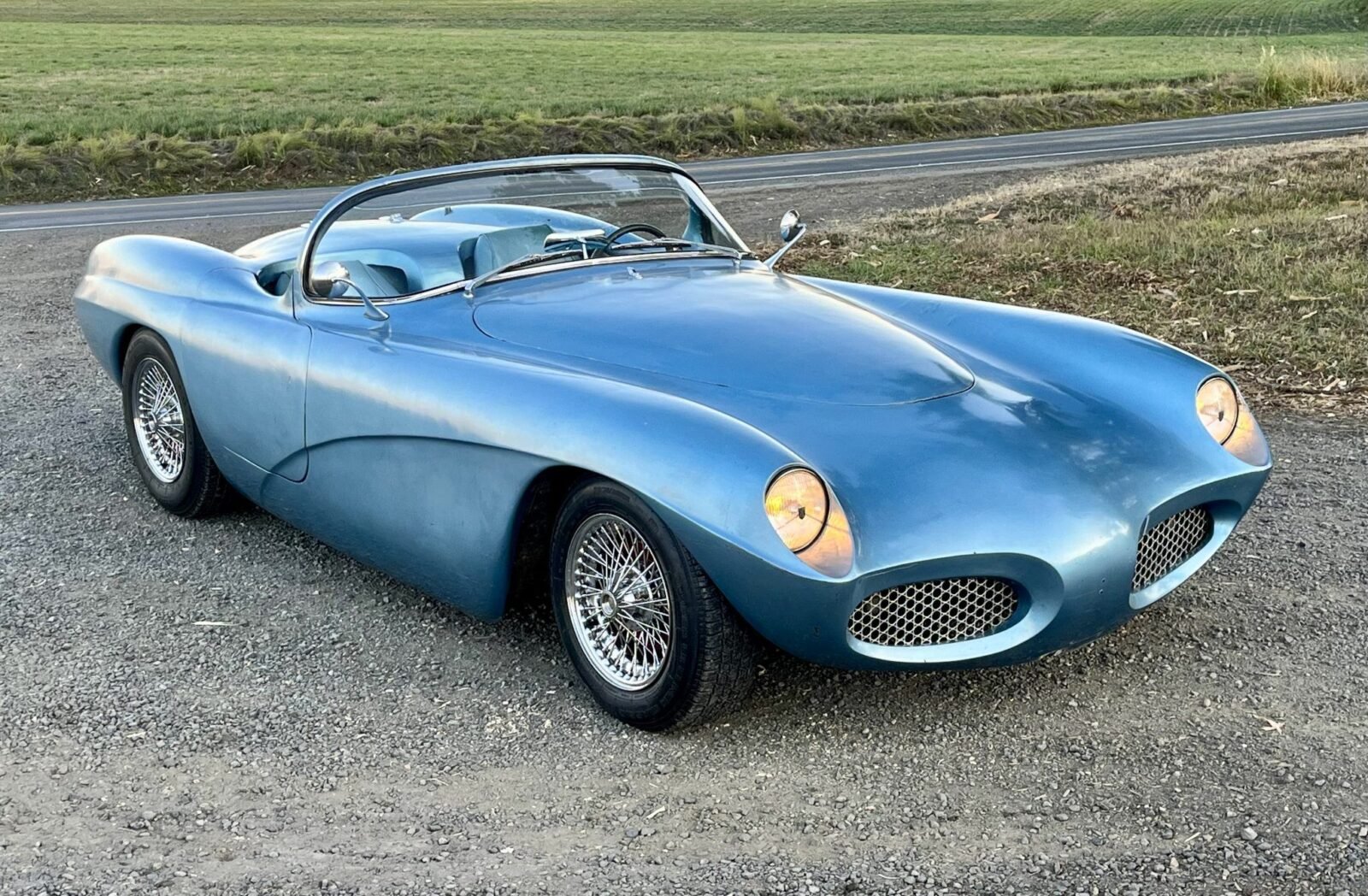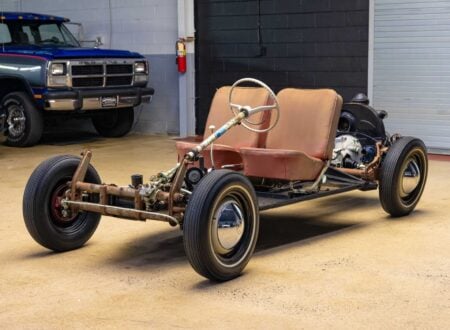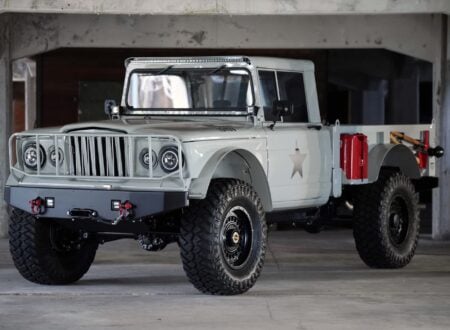This is a 1960s-era LaDawri Conquest, an unusual American sports car unknown by most. This car is powered by a Paxton-supercharged Ford 289 V8, and it rides on a Ford chassis with its lightweight fiberglass body helping keep the curb weight down.
LaDawri cars are seeing their values rise in recent years as these early American composite sports cars enjoy a surge in interest and popularity – offering buyers something far more unique than a period-Corvette, and often for a lot less money.
Fast Facts: The LaDawri Conquest
- The LaDawri Conquest was a fiberglass-bodied American sports car from the mid-century period, originally built by LaDawri Coachcraft, a company founded by Canadian entrepreneur Leslie Albert Dawes. Designed for home assembly, the Conquest featured had construction and was typically fitted to donor chassis and drivetrains supplied by the builder, making each example unique in specification, and in performance.
- Dawes began producing fiberglass bodies in British Columbia in 1956, introducing the LaDawri Cavalier – widely considered Canada’s first production fiberglass sports car. After moving operations to Southern California in 1957, he expanded the lineup to include around 19 models, reportedly selling about 700 bodies before the company’s closure in 1965. The Conquest was featured on the cover of Road & Track magazine in July 1957, and it became LaDawri’s most recognized design.
- The example shown in this article was built in Wyoming during the 1960s on a shortened 1952 Ford chassis and powered by a Paxton-supercharged Ford 289 cubic inch V8 paired with a C4 three-speed automatic transmission and a Ford 9-inch rear axle. Additional parts include a Holley four-barrel carburetor, HiPo intake manifold, drum brakes, and 15 inch chrome wire wheels. Recent servicing covered carburetor rebuilding, new plugs, and fresh fluids.
- Finished in blue with a matching blue vinyl interior, the car has a roll bar integrated into the windshield frame, Lucas headlights, Pontiac taillights, and blue carpeting. Interior details include Stewart-Warner gauges, a Fenton shifter, lap belts, and dual heaters. Offered from Portland, Oregon, it carries an Oregon title listing it as a 1962 “Lada,” likely an abbreviation of LaDawri, and represents one of few surviving examples of this rare early fiberglass sports car.
History Speedrun: LaDawri Coachcraft
The history of LaDawri Coachcraft begins in the mid-1950s when a young Canadian entrepreneur named Leslie Albert Dawes, who was working in British Columbia, turned his attention to the emerging world of fiberglass sports car bodies. At this time fiberglass was still a new and revolutionary composite material, it’s been called the “carbon fiber of the 1950s” for this very reason.


In 1956 Dawes introduced the LaDawri Cavalier, this is now widely acknowledged as Canada’s first production fiberglass-bodied sports car. This small-scale venture rapidly evolved – the “LaDawri” name derives from his name “L.A. Dawes” combined with the surname of his business partner Don Wright – “La Da Wri” or “LaDawri.”
In 1957 Dawes relocated the company’s operations to Southern California, moving into the hotbed of post-war kit-car activity. From that year onward the company offered a series of bodies to the enthusiast market, typically in kit form for home-builders. According to period sources we were able to dig up, LaDawri eventually offered around 19 different models and sold roughly 700 bodies between its founding and its eventual closure in 1965.
LaDawri’s most famous offering was the two-seat roadster design originally marketed as the Cavalier but soon renamed the LaDawri Conquest. This model appeared on the cover of Road & Track magazine in July 1957, giving the company a huge injection of public awareness in the all-important US market.
LaDawri also produced other bodies like the Quest (a smaller-wheelbase variant), the Daytona, and the Sebring. Each body was designed to accept donor chassis parts (primarily the frame, suspension, drivetrain) from common production cars of the era. In 1961 LaDawri acquired the moulds and rights of the Victress line and rebadged models like the Sicilian and Castilian coupes under LaDawri branding.
In the years after WWII and into the 1950s there was a relative lack of homegrown, mass-produced American sports cars. The Corvette came along in 1953 and the Thunderbird in 1955, but for the most part the market was filled by British and European imports.
Companies like LaDawri were founded to help fill this niche, offering lightweight fiberglass bodies buyers could mount them on used American or Volkswagen mechanicals, creating a custom sports roadster at relatively low cost. Demand for these cars peaked in the late 1950s when post-war enthusiasm, simpler regulations, and the relative lack of local American sports cars had created a perfect storm.
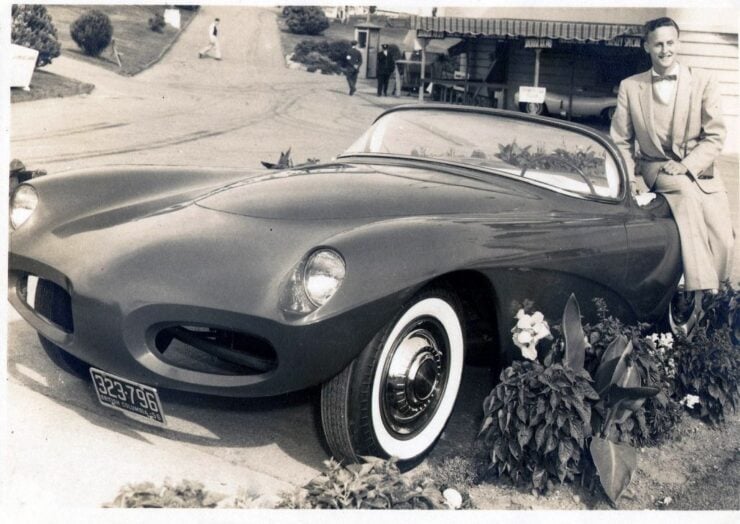

The Conquest would be LaDawri’s flagship model, it was introduced in 1956. It was an elegant two-seat open roadster on a 100 – 104 inch (≈2540 – 2640 mm) wheelbase, the body would be fitted by the builder with donor running gear of their choice – including small-block V8s or more modest straight-six or four-cylinder units.
Since the chassis and drivetrain were supplied by the customer, power output and final build specs varied widely. Some Conquests used Chevrolet 265 V8s or Ford Thunderbird V8s, offering real performance thanks to the lightweight body. Others used more modest engines, like four or six cylinder units, thus performance figures range significantly depending on donor and build quality.
By the early to mid-1960s, the self-built car market began to languish – mass-produced sports cars from the major manufacturers, like the Ford Mustang and all the other affordable two-seaters reduced the appeal of one-off kit bodies.
In addition to all of this, overhead costs rose, and rumors abound that a factory fire or a tax-related issue contributed to LaDawri’s closure around 1965.
LaDawri’s legacy now rests chiefly with its niche among fiberglass-kit enthusiasts -the Conquest holds historic status as one of the earliest fiberglass sports-car bodies offered commercially in North America, and the fact that it was developed in Canada before migrating to California adds some unique historic texture.
Communities and registries for these cars exist, and survivors tend to command interest from collectors of 1950s DIY sports cars.
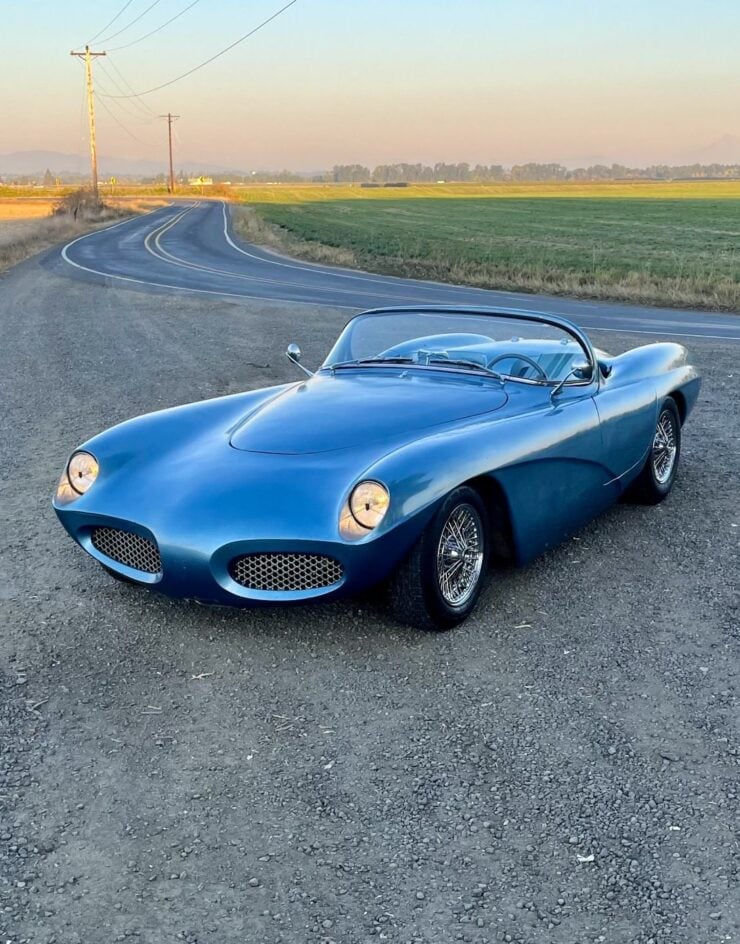

The Supercharged LaDawri Conquest Shown Here
This LaDawri Conquest was originally assembled in Wyoming during the 1960s using a shortened and modified 1952 Ford chassis. It’s powered by a 289 cubic inch (4.7 liter) Ford V8 that has been equipped with a Paxton SN-60 supercharger, paired with a C4 3-speed automatic transmission and a Ford 9 inch axle with a Positraction differential.
This engine is fitted with a Holley four-barrel carburetor, a HiPo intake manifold, and a custom oil pan, with a recent service including a carburetor rebuild, new spark plugs, and fresh fluids.
Finished in blue, the fiberglass body is a LaDawri original, and it uses a 1950s Chevrolet truck-sourced windshield, Lucas PL tri-bar headlights, Pontiac taillights, and it has a roll bar integrated into the windshield frame. Chrome 15 inch wire wheels are shod with Cooper Lifeliner tires, while braking is handled by drums at all four corners, as you might expect.
Inside, the Conquest has faired-in bucket seats trimmed in blue vinyl to match the exterior. The minimalist interior includes blue carpeting, a Fenton floor shifter, lap belts, a push-button radio, dual heaters with replaced heater cores, and a fire extinguisher.
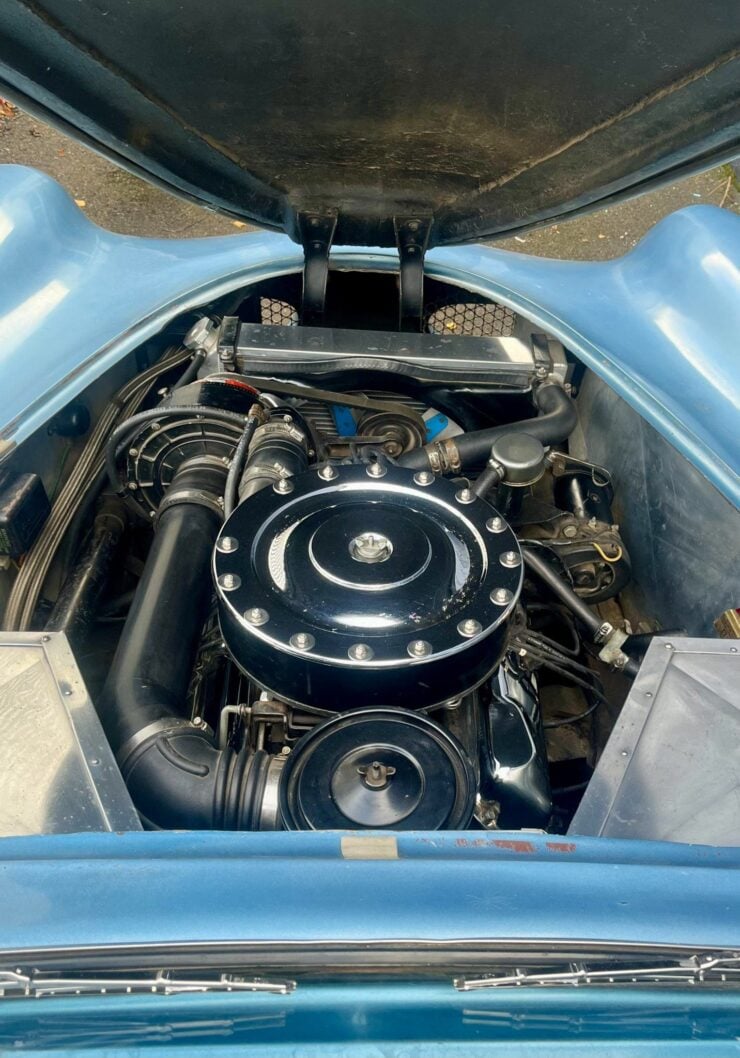

A three-spoke steering wheel fronts a blue fiberglass dash with Stewart-Warner gauges, including a 160 mph speedometer, 6,000 rpm tachometer, and auxiliary instruments.
The car is now being offered for sale out of Portland, Oregon with a clean Oregon title in the seller’s name that lists the vehicle as a 1962 Lada (likely short for “LaDa wri.” If you’d like to read more about it or register to bid you can visit the listing here.
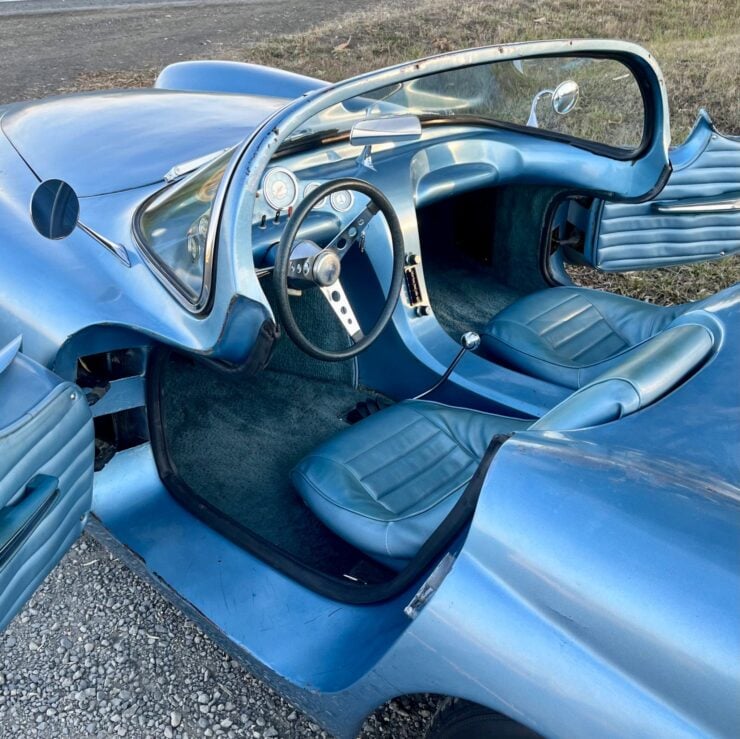
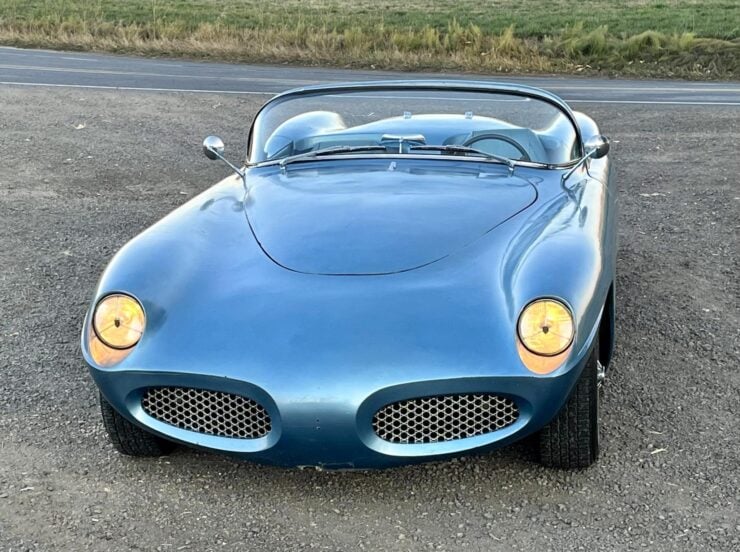

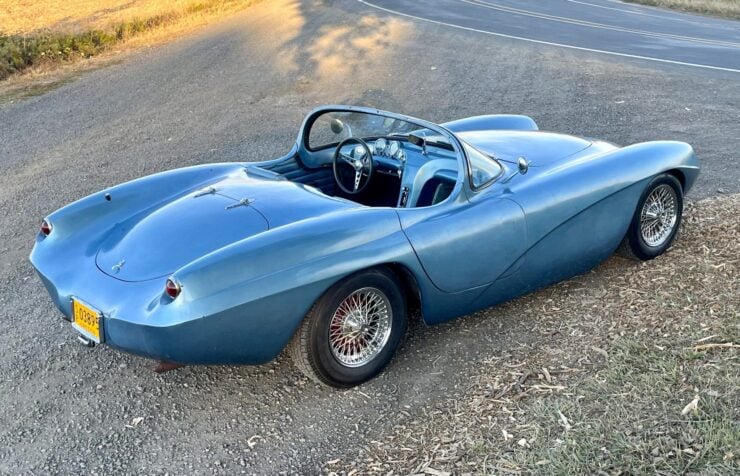
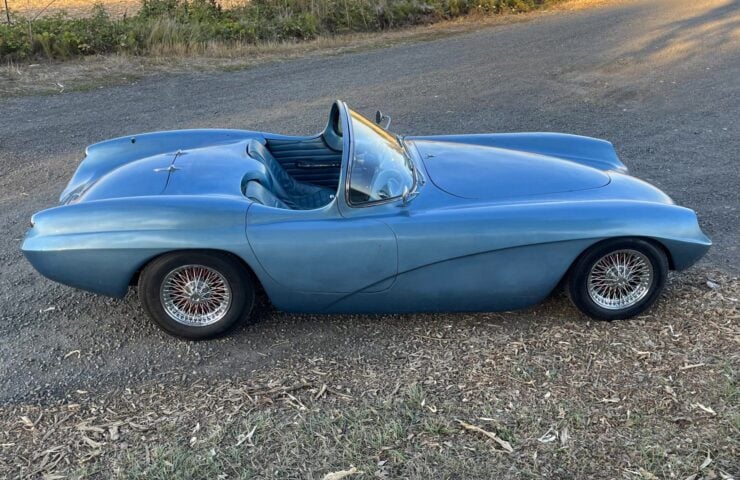


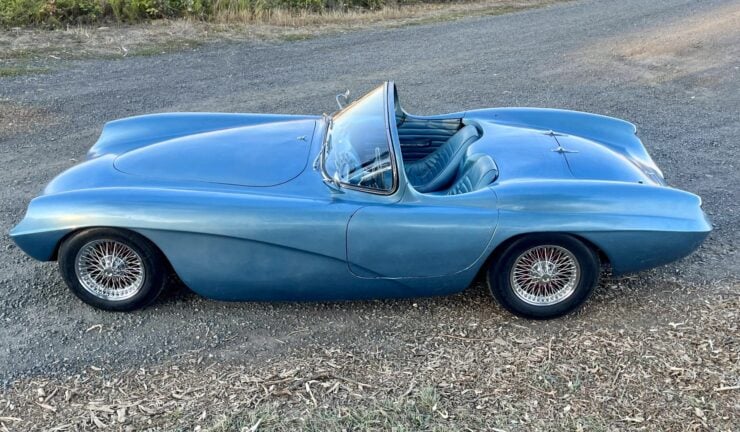
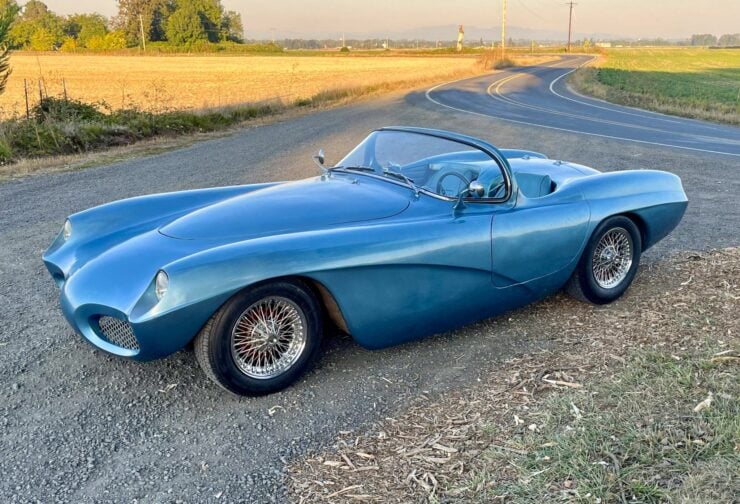
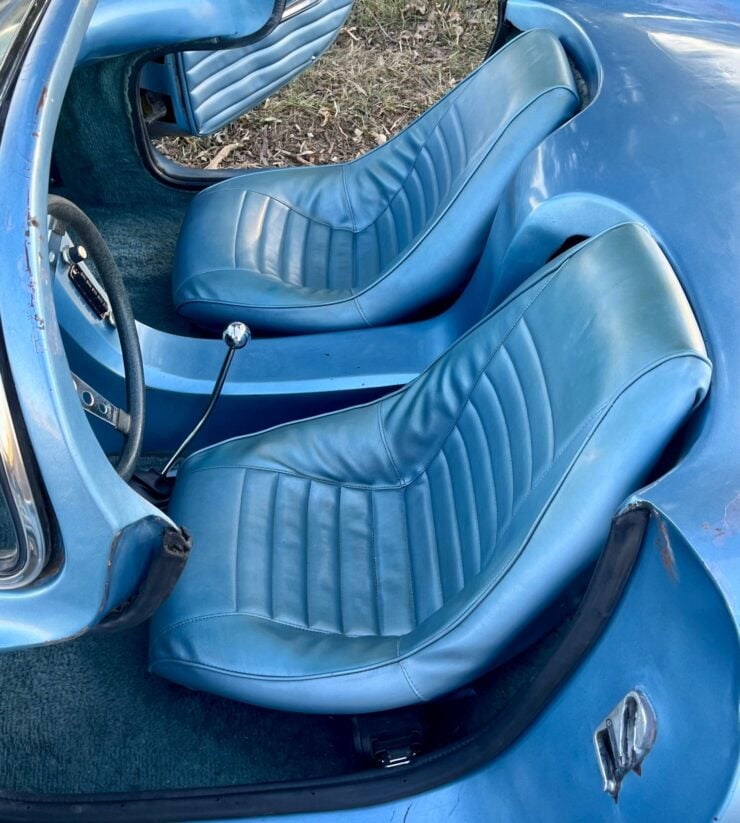
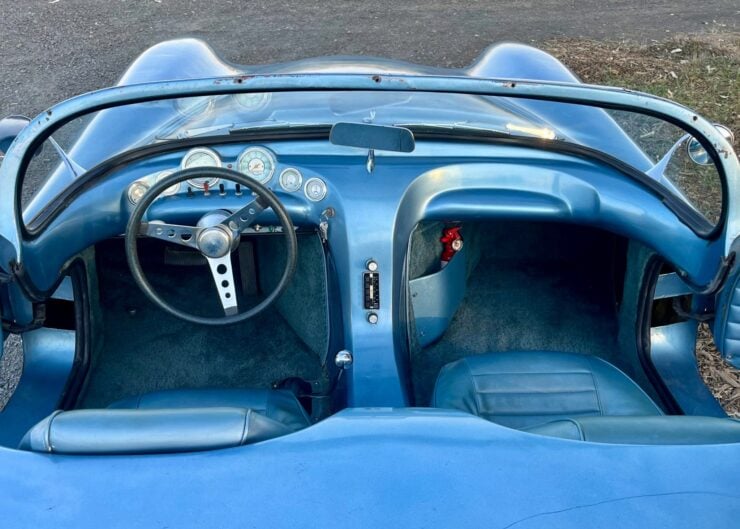
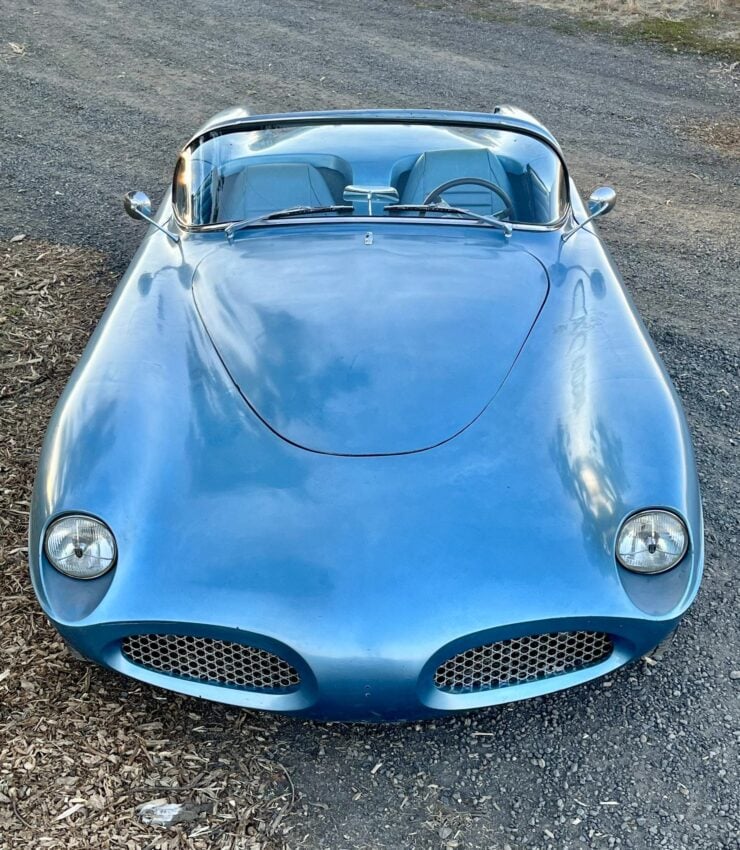
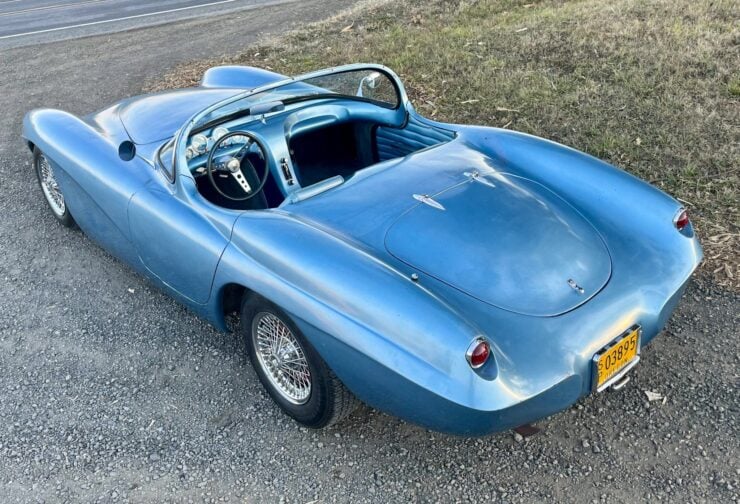
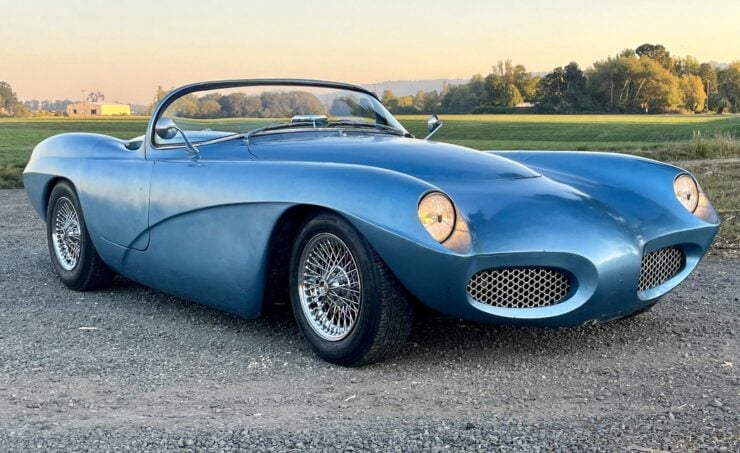

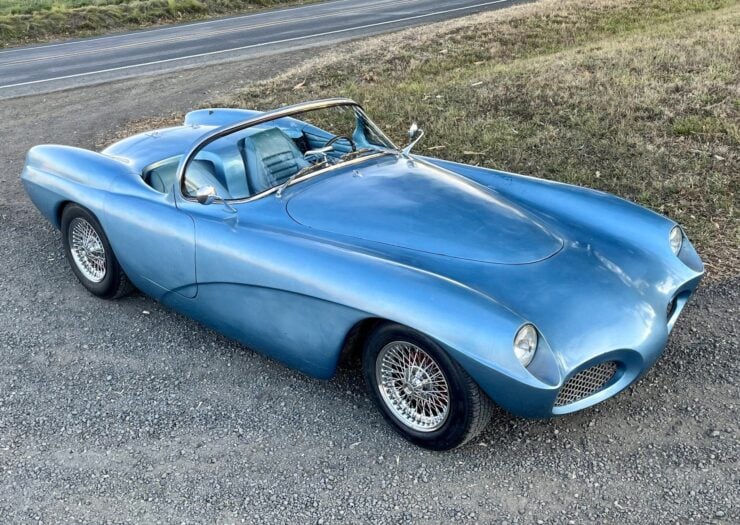
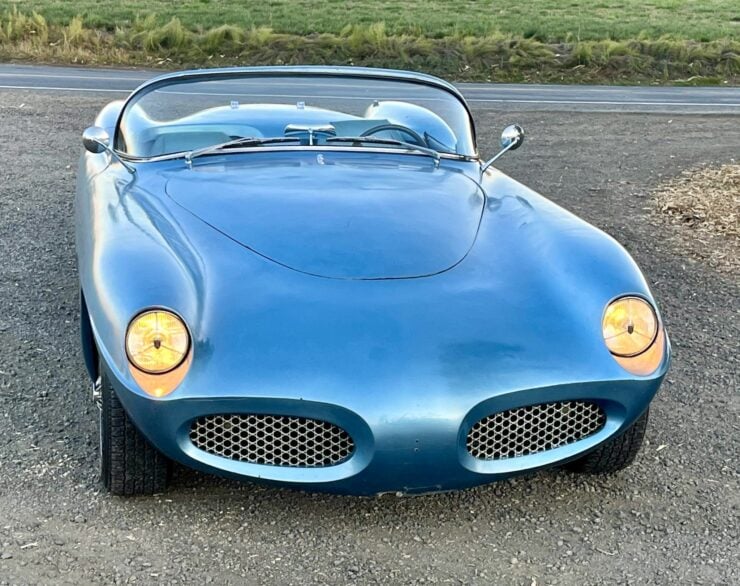
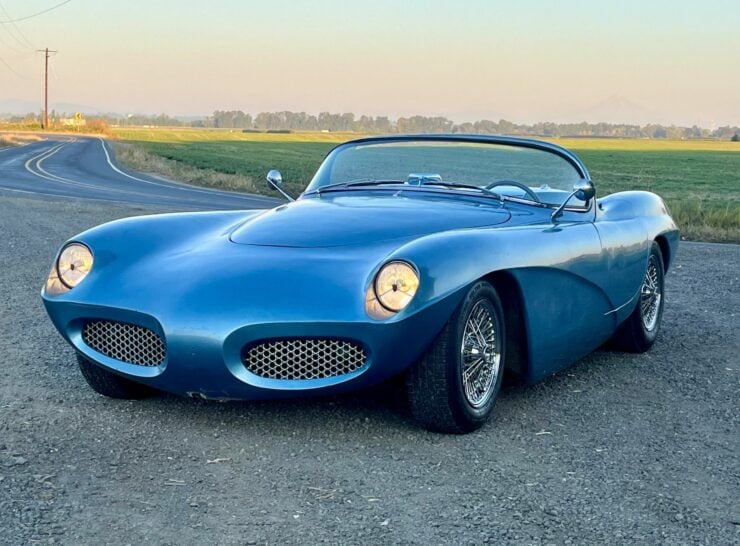
Images courtesy of Bring a Trailer

